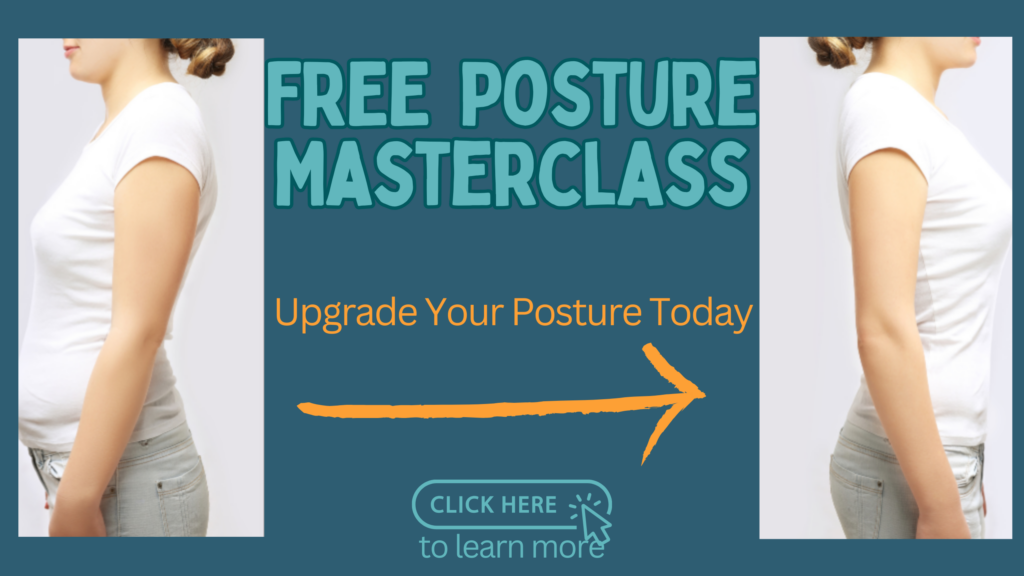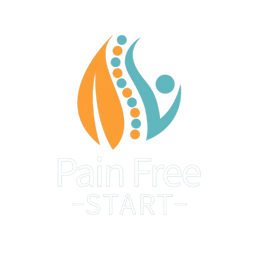Introduction
If you have spinal stenosis, you know how debilitating the condition can be. However, with the right exercise routine, you can manage your symptoms and even reduce pain. People with spinal stenosis are often put off exercise as activities like walking can increase pain. One of the most effective approaches for spinal stenosis is incorporating forward-leaning movements or sitting exercises that open up the spinal canal. Exercise is essential in maintaining fitness and helps you to manage your pain so let’s look at ideas to help keep you moving.
Why Forward-Leaning and Seated Exercises Help Spinal Stenosis
Many people with spinal stenosis find that leaning slightly forward or sitting relieves their pain. You might have noticed that you can walk with less pain and further when pushing a shopping trolley or a pushchair. This is because you naturally lean forward when doing this without even thinking.
So we can capitalise on this when exercising ensuring we reduce rather than increase pressure on the nerves in the spine. This forward-leaning position widens the spinal canal, offering relief from pain and discomfort. That’s why exercises like cycling, where you’re naturally inclined forward, are easier for many than walking upright.
Top Exercises for Spinal Stenosis Relief
- Cycling – Stationary or road cycling is an ideal activity for spinal stenosis patients. The forward-leaning position reduces pressure on the spine while strengthening your legs.
- Rowing – Many find rowing to be a good option. Delivering cardiovascular benefits as well as full body strength, in a position that most stenotic backs like.
- Pelvic Tilts – Strengthen your core and reduce back strain with gentle pelvic tilts.
- Knee rolls -These will help to maintain and encourage movement in the lower back.
- Knee-to-Chest Stretches – Stretch the lower back to ease tightness and increase flexibility.
- Walking with a Stick or Cane – Using a walking stick can help you adopt a forward-leaning position, reducing pain during walks. For more advice on using walking aids to help with Spinal Stenosis take a look at this blog.
- Modify Gym Programs – Chat with someone about how you could alter your current program to help. It might be that a leg press is easier than doing a squat for you or maybe you could sit to do weights that you used to do in standing. It is often about trying different things.
- Targeted Exercise For Your Back – General exercise is great but make sure you also work on exercises to strengthen, support and offload your back. Taking time to do this will help you maintain a good functioning back which in turn will make general exercise easier and more enjoyable. Find out more here – Pain Free Back Program.

Don’t Forget To Straighten Up – It’s A Tricky Balance.
As much as leaning forward can relieve pain, it can become a problem if you always adopt this posture. This is because it starts to have a knock-on effect to other areas.
So it’s all about balance. If you have a long walk ahead or a busy day then to get through it you may have to adopt this position slightly and sit down regularly. However on days when you have less to do try and stand a little straighter. Be guided by your symptoms if they are increasing then it’s time to offload things and adopt a position that offloads the nerves.
Don’t forget to get help and support with this problem from a healthcare professional if you haven’t already done so.
Conclusion
For those with spinal stenosis, forward-leaning exercises can be a game-changer. By incorporating cycling, walking with a stick, and other gentle stretches into your routine, you’ll experience less pain and improved mobility.
For more guidance on managing spinal stenosis take a look at these related blogs. Enjoy.
Surgery for Spinal Stenosis: When Is It the Right Choice?
Managing Your Pain with Spinal Stenosis: Tips and Strategies for Lasting Relief
The Best Shoes for Spinal Stenosis: How Footwear Can Help Ease Your Pain
How Walking Aids Can Help Spinal Stenosis Patients: Improve Mobility and Reduce Pain
Take care, Helen
Helen Manders BSc (Hons) MCSP HCPC
Chartered Physiotherapist Since 2001




